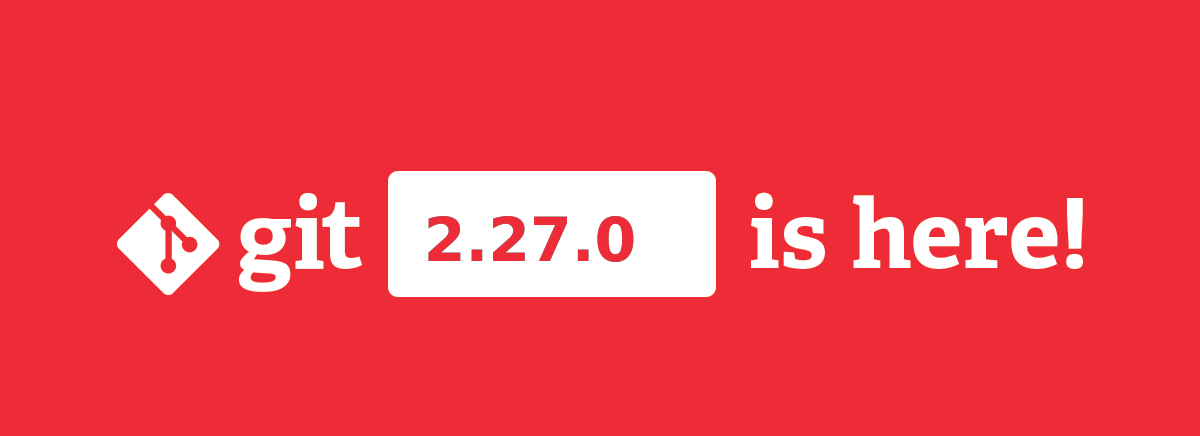
Go It is one of the most popular, reliable and high-performance version control systems, and provides flexible nonlinear development tools based on versions and merges.
To ensure integrity history and resistance to changes in hindsight, implicit hashing is used of all previous history in every confirmation and the digital signatures of individual tag developers and confirmations can also be verified.
Recientemente the new version of the Git 2.27.0 distributed source control system was released.Compared to the previous release, the new version adopted 537 changes, prepared with the participation of 71 developers, of which 19 participated for the first time in development
Git 2.27.0 Key New Features
In this new version of Git 2.27.0, the default inclusion of the second version of the Git communication protocol has been canceled, which is used when connecting the client remotely to the Git server. The protocol has not yet been recognized, but is ready for use by default due to the identification of slippery issues that require separate consideration.
While on the other hand, to avoid confusion in this new version the command "git describe" always use extended output mode ("–Long") if a superseded tag associated with a commit is detected. As previously, a signed or annotated tag was displayed describing a commit even if renamed or moved to the "refs / tags /" hierarchy.
Running "git pull" now issues a warning if the configuration variable pull.rebase is not explicitly set and options "- [no-] overflow" or "–ff-only" they do not apply. To suppress the warning for those who are not going to override, you can set the variable to false.
Have added several new actions to «git update-ref --stdin" than allow direct control of link update transactionsFor example, to implement two-stage atomic link update across multiple repositories.
In addition, revised git fetch options common to git fetch. Similar options not mentioned above were documented and passed to the "git fetch" of the missing options.
Added ability to display From: and Subject: headers: no changes to git format patch without converting characters that are not in ASCII encoding.
The option "–Show-pulls" has been added to the "git log", allowing you to see not only the commits the changes were made to, but also the commit to merge these changes from a separate branch.
The processing of interactive input in all components has been unified and the fflush () call has been added after displaying the input request, but before the read operation.
In "git rebase" it is allowed to reapply all local commits without first executing the operation «checkoutEven if some of them were previously upstream.
The value of the configuration variable 'pack.useSparse' has been replaced by 'true' to enable the default optimizations previously presented as experimental.
Of the other changes:
- Added a set of options to configure SSL connections when accessed through a proxy.
- The information displayed when using the "clean" and "smudge" conversion filters has been expanded. For example, the tree-ish object is now displayed, in which the converted blob appears.
- Added "–autostash" option to "git merge".
- Improved checkout interface.
- Added the –no-gpg-sign option to the git rebase command to override the commit.gpgSign setting.
- Added user difference templates for Markdown documents.
- Removed the exclusion restriction for all routes on low pay templates that lead to an empty job tree.
- The "git restore –staged –worktree" operation now by default uses the contents of the "HEAD" branch, instead of displaying an error.
- Work continued to switch to the SHA-2 hashing algorithm instead of SHA-1.
- Reworked code to interact with GnuPG.
Source: https://github.com/